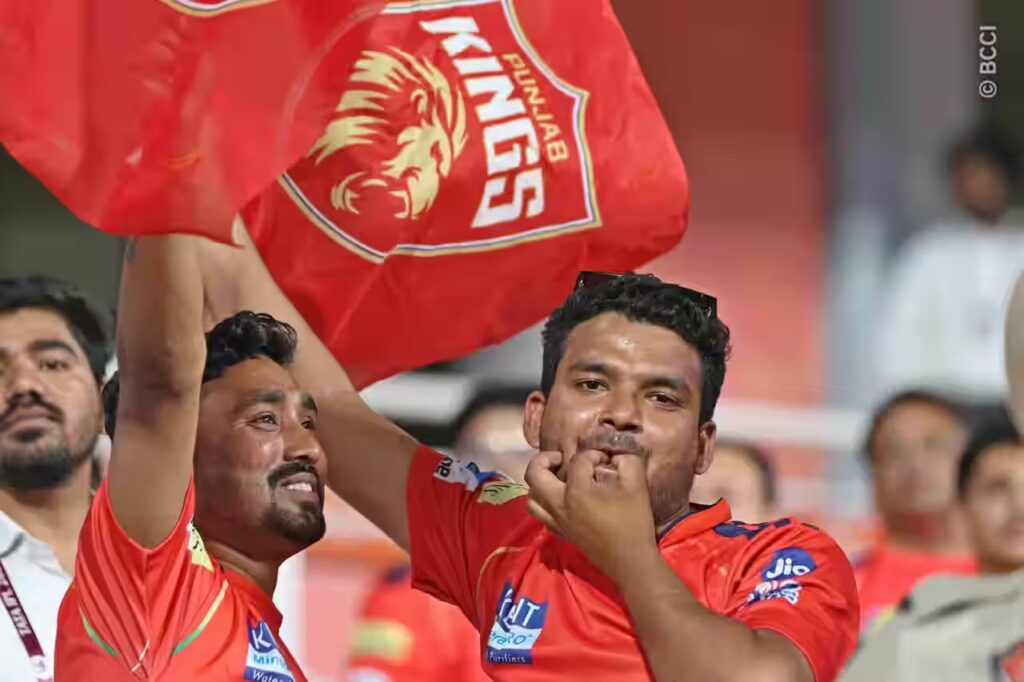
In the contemporary sporting world, few would doubt that India is the new cricket superpower. It is more often than not that India leads, and others follow. Without exaggeration, Indian cricket is a mirror in which nations, communities, men and women now see themselves. That reflection is sometimes bright, sometimes dark, sometimes distorted, sometimes magnified. Cricket, for hundreds of millions of Indians, is a source of mass exhilaration and depression, security and insecurity, pride and humiliation, bonding and alienation. In fact, for many in India, cricket has replaced religion as a source of emotional strength and spiritual passion. And since it is among the earliest of memorable childhood experiences, it infiltrates memory, shapes enthusiasms and serves fantasies.
India’s position as the new nerve centre of world cricket, completing what I call the ‘decolonisation of Indian cricket’, was strengthened thanks to the impact of the Indian Premier League (IPL) on world cricket. The first edition of the IPL, which started on April 18, 2008, was played to packed houses for 44 days and was a resounding success by all yardsticks. So much so that there was talk of a withdrawal syndrome among cricket fans once the spectacle was over. In most metropolitan cities across India, as also in many cities across the world with a large Indian diaspora, religiously watching IPL action has become a must in April-May every year.
It was a passion that was seductively intense and one that cut across age and gender. Spread over 50 days, the tournament is full of manic moments of drama, spectacle, ecstasy and agony. At the cost of giving favourite soaps and serials a miss, entire Indian families have been converted to the heady mix of cricket and entertainment on offer, a package unprecedented and one that transformed the face of Indian and world cricket for all time to come. As the tournament completes a full cycle and the calendar turns to April 18, 2025, it is time to celebrate India’s only global sports brand.
For More IPL Related Stories Click Here

Interestingly, in a time scale less than the length of Sachin Tendulkar’s career, the nature and economy of world cricket has fundamentally changed. In 1992, the Indian cricket board, now the richest cricket body in the world, had a deficit of $150,000. And in 1997, the ICC, cricket’s apex body, had a little more than $25,000 in its coffers. Once cricket administrators decided to marry cricket with television, the scenario changed. The cricket market became an Indian monopoly thanks to the IPL, and within months, the schedule of cricket worldwide was driven by the needs of multiple players each wanting a share of the Indian pie.
Ahead of its 18th birthday, it is time to accept that Indian cricket, thanks to the IPL, is an exciting proposition, if for no other reason than its success in commercialising the sport in a manner previously unthinkable. In the future, balancing between the needs of the market and the needs of the fan base will undoubtedly decide how well it is able to sustain the hype that it has generated. And in doing so, it has come as a breath of fresh air, which has converted the game into a multi-billion-dollar enterprise and India into the real nerve centre of the gentleman’s game – completing the process of Indian cricket’s decolonisation.
Also Read: How Karun Nair’s takedown of Jasprit Bumrah epitomises the Indian Possible League



